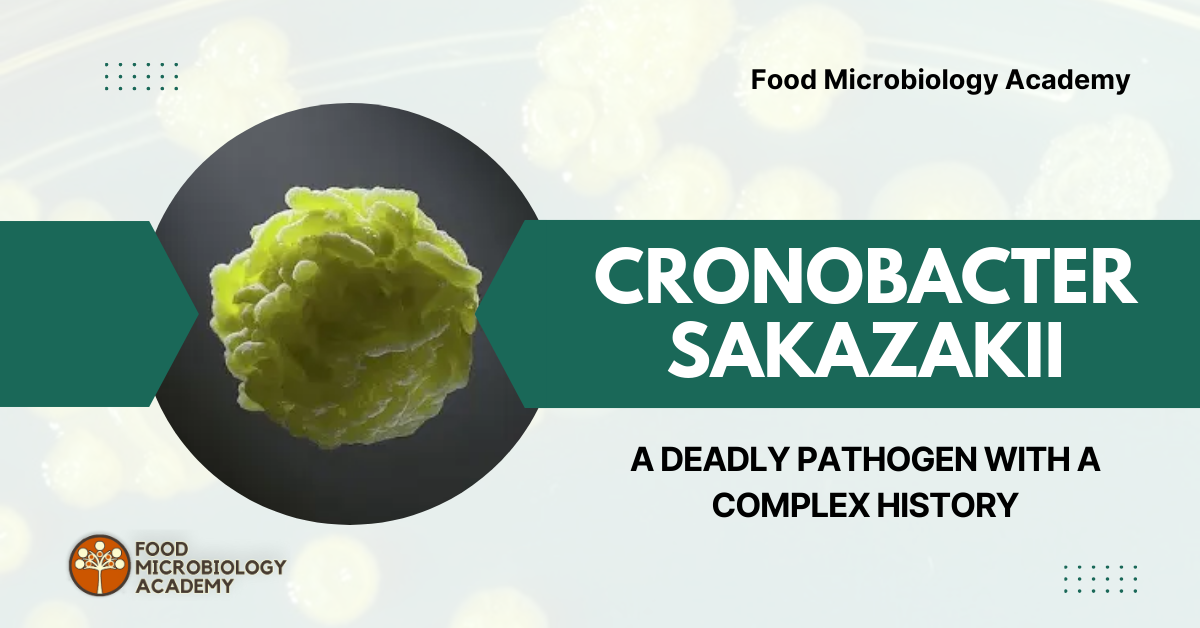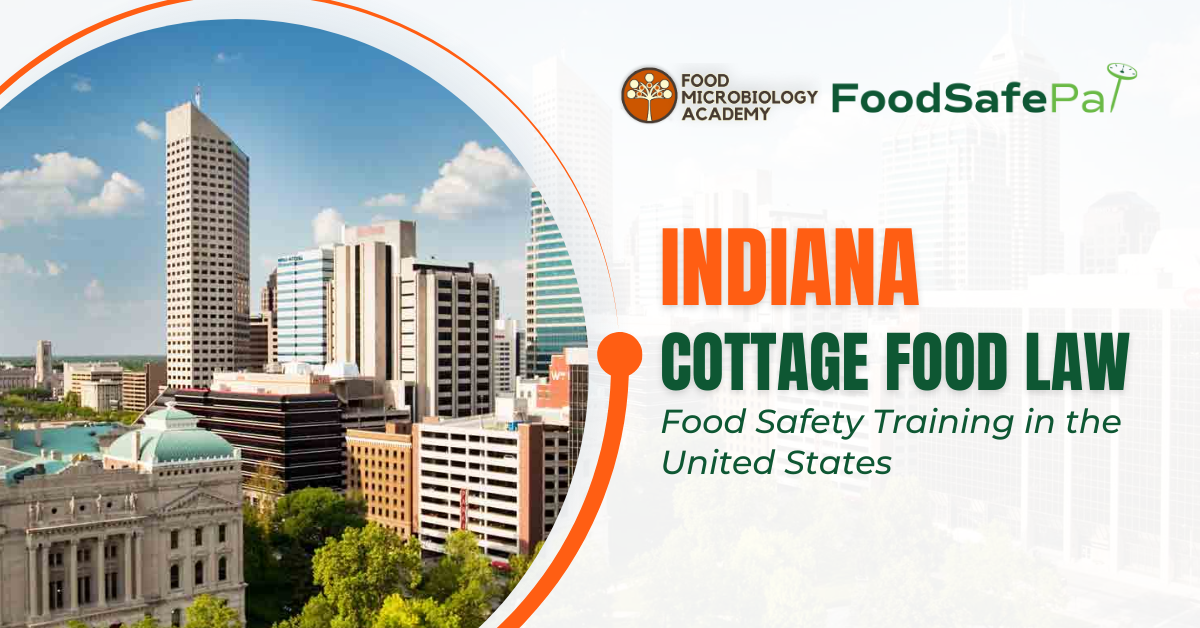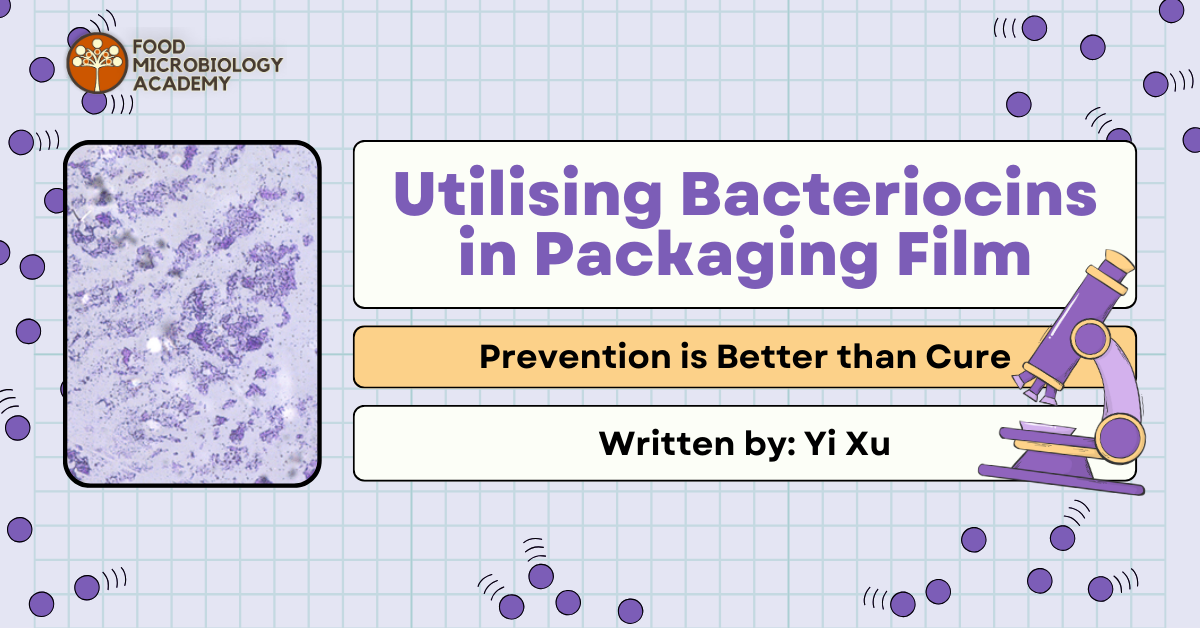Monash Food Innovation: Empowering the Future of Food
Innovation is reshaping the global food landscape, driven by rising consumer expectations, technological advances, and the need for sustainable solutions. At the center of this evolution is Monash Food Innovation (MFI), a strategic initiative of Monash University and Silver Sponsor of this year’s World Food Safety Day Coursework Student Symposium. Since its inception, MFI has served as a hub for cross-sector collaboration, helping businesses bring fresh, future-proof ideas to life. Driving Innovation in Food Monash Food Innovation plays a pivotal role in accelerating transformation within the food and beverage sector by offering a platform where scientific research, market insights, and design-led thinking intersect. Founded in 2016, MFI was designed to position Monash University as a global leader in food innovation, and it has delivered on that vision. Through its end-to-end innovation model, MFI supports clients from the earliest stages of concept development all the way to commercial launch. This includes helping businesses identify unmet market needs through consumer research, developing and prototyping new products using cutting-edge technology, and refining go-to-market strategies with real-time shopper testing in virtual store environments. Whether it’s start-ups, SMEs, or large multinational brands, MFI enables food businesses to work smarter and faster—de-risking the innovation process and empowering companies to meet modern consumer demands for healthier, more sustainable, and more convenient food options. A Partner in Success Over the past decade, MFI has collaborated with more than 2,700 businesses across Australia, New Zealand, China, Singapore, and Indonesia. These collaborations span a wide spectrum—from reformulating existing products to meet nutritional guidelines, to developing completely new product categories inspired by consumer trends. MFI’s strategic partnerships have resulted in tangible commercial outcomes, with many of the innovations co-developed through its programs now available on supermarket shelves and in households around the world. These outcomes reflect MFI’s unique ability to translate academic expertise into practical, real-world solutions for industry. By operating as a one-stop shop for innovation, MFI also lowers the barriers to entry for smaller businesses that may not have the in-house capabilities to invest in R&D. Through their access to facilities like Advanced 3D prototyping lab, Eye-tracking tool, Commercial kitchen, and virtual reality store simulations, clients are empowered to test, iterate, and launch products with greater speed and confidence. Celebrating Collaboration and Knowledge Sharing As a proud Silver Sponsor of the World Food Safety Day Coursework Student Symposium, Monash Food Innovation (MFI) proudly champions the development of future food industry leaders. The symposium serves as a dynamic platform where students, academics, and professionals come together to share insights, present research, and explore emerging challenges and innovations in food safety. This collaboration reflects MFI’s core mission—to connect research with industry, accelerate sustainable solutions, and support the evolution of a safer, smarter global food system. The Monash Food Innovation (MFI) reinforces its commitment to education, innovation, and impactful partnerships by engaging with the next generation of food professionals. Supporting initiatives like this symposium event helps strengthen industry knowledge while fostering a community dedicated to solving real-world food challenges.







